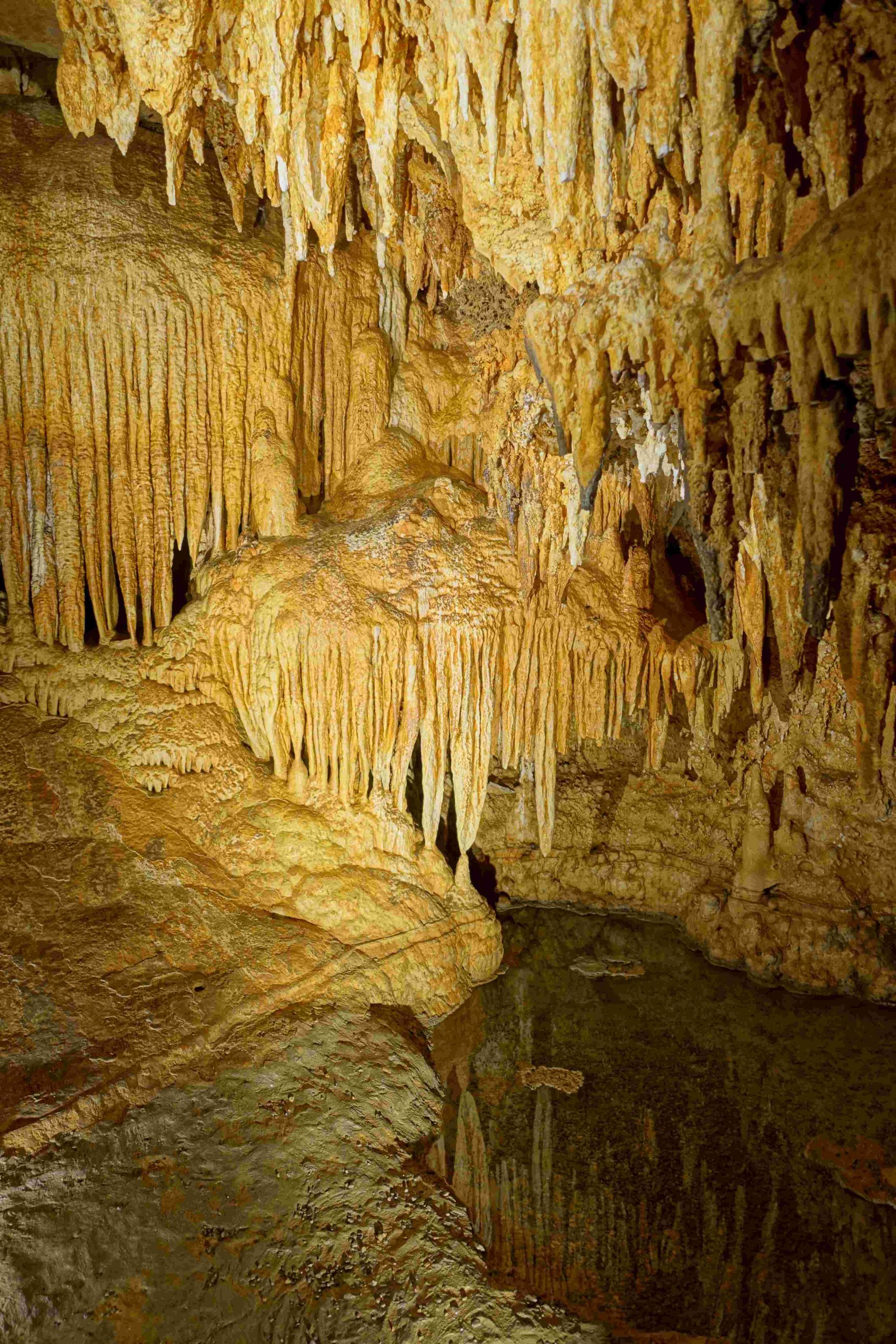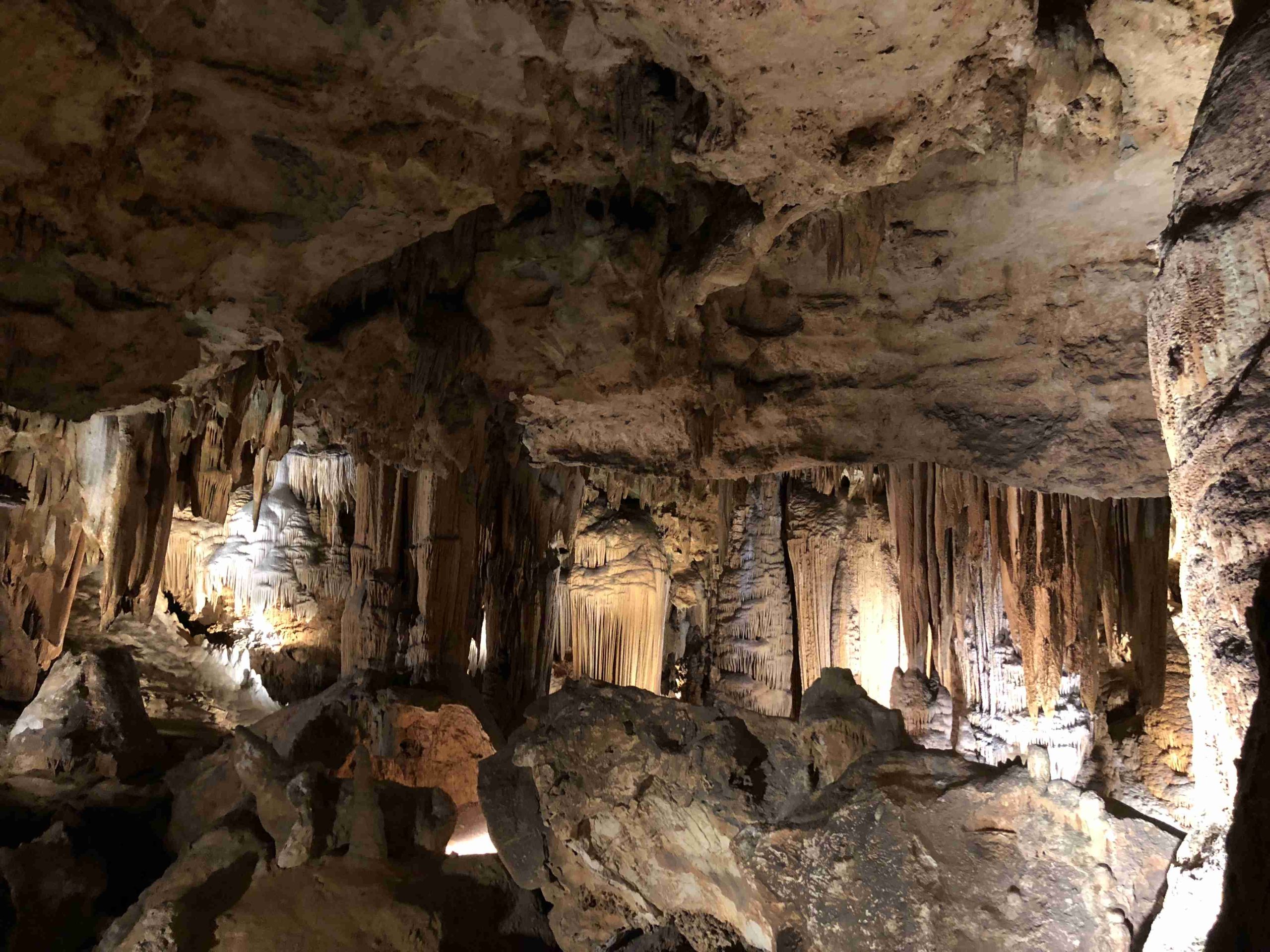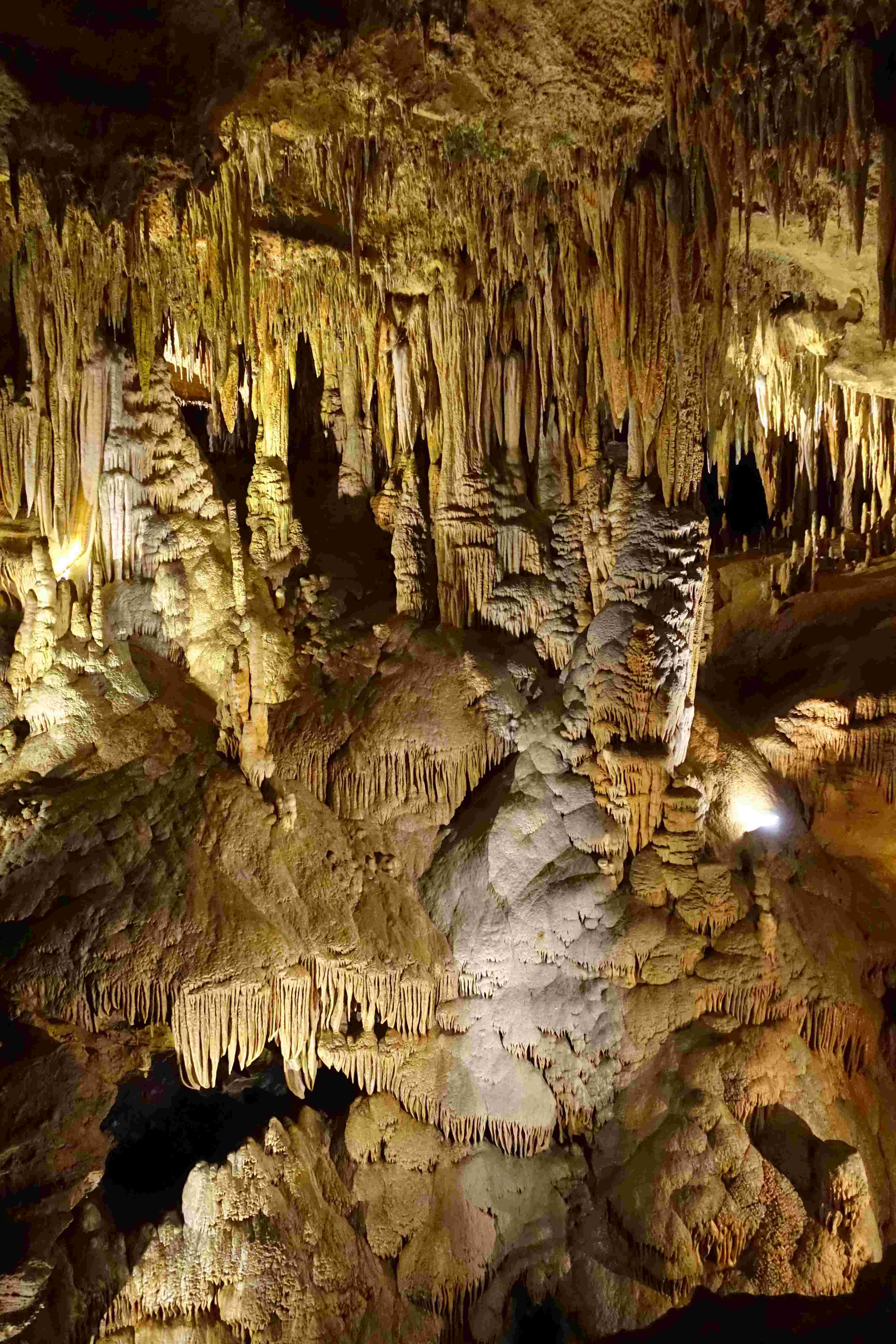The Luray Caverns Great Stalacpipe Organ is a unique musical marvel nestled within the depths of Luray Caverns in Virginia. This extraordinary instrument spans over 3.5 acres, making it the world’s largest underground musical instrument. Invented in 1954 by Leland W. Sprinkle, the organ uses 37 carefully selected stalactites as its ‘pipes,’ creating ethereal melodies that resonate through the caverns. Recognized by Guinness World Records, this subterranean symphony combines natural wonders with human ingenuity, offering visitors a one-of-a-kind musical experience deep beneath the Earth’s surface.
What Makes the Great Stalacpipe Organ Unique?

The Great Stalacpipe Organ stands out as a testament to human creativity and the wonders of nature. Here are some of its unique features:
- Natural Pipes: Unlike traditional organs, this instrument uses stalactites as its pipes.
- Vast Coverage: It spans over 3.5 acres within Luray Caverns.
- Innovative Mechanism: Rubber-tipped plungers strike the stalactites, activated by solenoids.
- Amplification System: Magnetic pickups capture and amplify the vibrations from distant stalactites.
- World Record Holder: Recognized by Guinness World Records as the largest underground musical instrument.
How Was the Great Stalacpipe Organ Created?

The creation of this extraordinary instrument is a story of patience, precision, and passion:
- Inspiration: Leland W. Sprinkle conceived the idea after witnessing a tour guide tapping stone formations.
- Selection Process: Sprinkle spent three years carefully selecting 37 stalactites.
- Tuning Technique: He used 13 English tuning forks to achieve the desired tones.
- Construction Period: The entire project took from 1954 to 1957 to complete.
- Scientific Approach: Sprinkle, a mathematician and electronics scientist, applied his expertise to this unique musical endeavor.
What Can Visitors Expect During a Performance?
Visitors to Luray Caverns can experience the Great Stalacpipe Organ in various ways:
- Automated Performances: The organ plays automatically during each tour, approximately once an hour.
- Duration: Each performance lasts for a few minutes, similar to a child’s music box.
- Special Events: On rare occasions, live performances by an organist may occur during specific events.
- Tour Integration: The organ performance is part of the overall cavern tour experience.
- Acoustic Marvel: Visitors can hear the unique resonance of stalactites throughout the caverns.
How Accessible is the Great Stalacpipe Organ to Visitors?
Accessibility is a key consideration for visitors to Luray Caverns:
- Step-free Access: The caverns offer wheelchair-accessible pathways.
- Partial Accessibility: While not fully advertised as handicap accessible, efforts have been made to accommodate various needs.
- Guided Tours: Available for all visitors, lasting about 45 minutes to an hour.
- Tour Length: The entire tour covers approximately 1.5 miles.
- Temperature: Constant 54°F (12°C) inside the caverns, so dress accordingly.
What Are the Visiting Hours and Ticket Prices?
While specific hours and prices may vary, here’s what visitors should know:
- Inclusive Tickets: Entry to the caverns includes access to the Great Stalacpipe Organ.
- Additional Attractions: Tickets also cover the Car and Carriage Caravan Museum, Luray Valley Museum, and Toy Town Junction.
- Regular Tours: Occur approximately once an hour.
- Parking: A large parking lot is available for visitors.
- Pet Policy: Small pets are allowed on the cave tour, and leashed pets are permitted on the grounds outside.
How Does the Great Stalacpipe Organ Work?
The mechanics of the Great Stalacpipe Organ are as fascinating as its music:
- Stalactite Selection: 37 stalactites were carefully chosen for their tonal qualities.
- Activation Mechanism: Rubber-tipped plungers strike the stalactites.
- Electronic Control: Solenoids activate the plungers based on the musical score.
- Sound Amplification: Magnetic pickups capture the vibrations from the stalactites.
- Console Operation: A central console controls the entire system, similar to a traditional organ.
What is the Historical Significance of the Great Stalacpipe Organ?
The Great Stalacpipe Organ has left its mark on both musical and geological history:
- Invention Date: Created in 1954 by Leland W. Sprinkle.
- Construction Period: Took three years to complete, from 1954 to 1957.
- Media Recognition: Featured on National Public Radio, ABC’s Good Morning America, and Voice of America.
- Educational Impact: Appeared on Mister Rogers’ Neighborhood, introducing the concept to younger audiences.
- Scientific Achievement: Combines principles of geology, acoustics, and electronics.
How Has the Great Stalacpipe Organ Influenced Music and Tourism?
The impact of this unique instrument extends beyond its cavern home:
- Tourism Boost: Attracts visitors interested in both natural wonders and musical innovations.
- Musical Inspiration: Has inspired composers and musicians to create works specifically for the instrument.
- Scientific Interest: Draws researchers studying the intersection of geology and acoustics.
- Cultural Significance: Represents a unique part of Virginia’s cultural heritage.
- Educational Value: Serves as a teaching tool for concepts in physics, geology, and music.
In conclusion, the Luray Caverns Great Stalacpipe Organ stands as a testament to human ingenuity and the wonders of the natural world. Its unique blend of geological formations and musical innovation continues to captivate visitors, offering a truly one-of-a-kind experience in the heart of Virginia’s caverns.
References:
1. AOPA – Mighty, musical caverns
2. Wikipedia – Luray Caverns
3. Middle Journey – Touring Luray Caverns and the World’s Biggest Stalacpipe Organ

